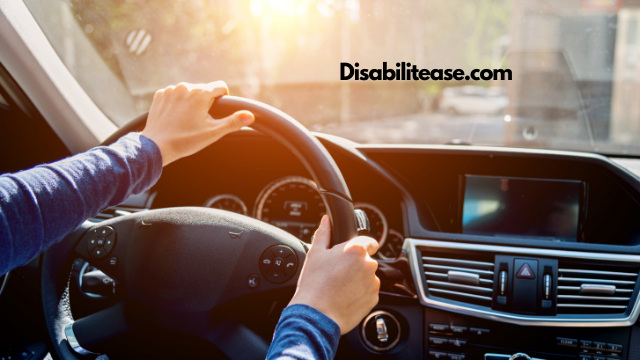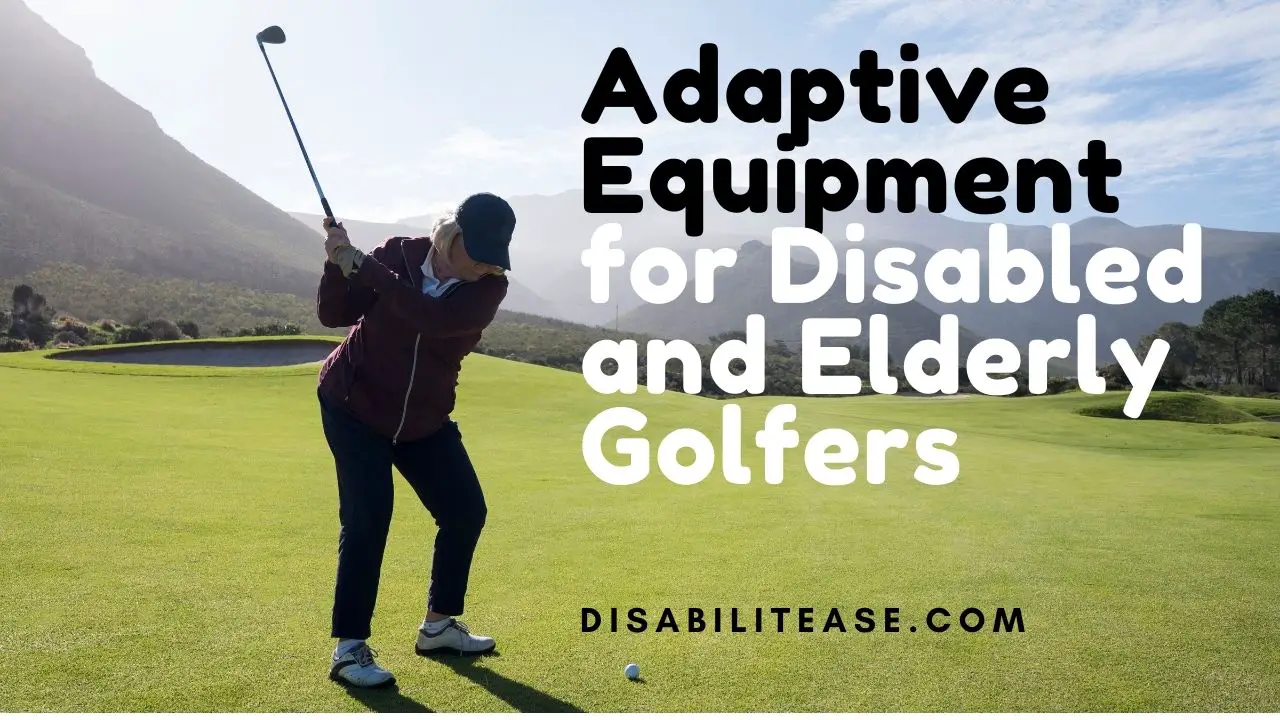While driving is an important part of being independent, it also comes with huge responsibilities. People with Autism Spectrum Disorder often face challenges when taking their first step toward becoming good drivers.

How Autism Can Affect Driving? Autism Spectrum Disorder is never the same for every person. Different severities of symptoms will cause different driving challenges.
Here is a related article that might interest you on Can Autistic People Marry?
There are no legal restrictions or extra tests for people with ASD. However, it is still recommended that affected people engage in more comprehensive learning techniques, including behavioral therapy.
Some common problems people with ASD face when driving are explained below.
Table of Contents
How Autism Can Affect Driving? What are Motor Coordination Challenges
Affected people can have trouble multitasking. They often find it challenging to look around for traffic, take precautions when turning, read traffic rules, and drive at the same time.
Just the hand-eye-foot coordination needed for driving can seem overwhelming or confusing.
Delayed Decision-Making
Not being able to absorb instructions quickly and adapt their actions accordingly is very common in adults with ASD.
While this can be improved with the help of an occupational therapist and more comprehensive learning strategies, it can still be a major concern for a new driver.
The Ohio State’s Driver Rehabilitation Program shared some of their experience and observations with ASD learners. According to it, affected people tend to read traffic signs and verbal and non-verbal instructions literally. This can make them more likely to make a wrong decision, break a traffic rule or cause an accident.
The inability to quickly take physical or visual steps when changing lanes is also common.
Slow Reaction to Hazards
Because of their inability to decode emotions and their surroundings effectively, people with ASD can miss danger cues. They may not be able to interpret a possible danger accurately or quickly enough.
Moreover, an aggressive or busy road can seem too overwhelming, leading to a pause in their driving reaction. This can make driving on some particularly busy or complex routes more challenging.
Breaking a Rule
This is an extension of reading traffic rules too literally. Affected people usually have superior knowledge of traffic rules and have a higher tendency to follow these rules. They often take extra precautions to keep themselves and other people safe on the road.

However, overly sticking to traffic and driving rules can prove detrimental in some cases. For example, in some cases where one is driving at full speed, and the light changes to yellow halfway through the intersection, it’s safer to proceed rather than stop.
People with ASD may go with the rules rather than their instinct and engage the brakes, increasing the possibility of accidents. Such shortcomings are already well documented by trained driving instructors and occupational therapists specializing in driving skills. This makes it easier for ASD people to learn and prevent accidents before they take place.
Difficulty Concentrating
Even though people with ASD are known to be extra careful and attentive drivers by most driving instructors, they can still engage in counterintuitive behaviors. It is common for Autistic drivers to focus too much on one aspect of driving that they forget to keep track of every part of their surroundings and their next step.
For example, they may hyper-fixate on the oncoming traffic and forget to change lanes when needed. Such fixation can also lead to more serious situations where the driver may forget to engage the brake in time and ignore the traffic lights or the traffic behind.
Sudden Distraction
“Eyes on the road” is a popular phrase often thrown around at drivers. Every second on the road is different and must be handled with the highest level of attention. People with ASD are very easy to distract by noise and other sensory stimuli.
A car honking behind or a specific lane can hold their attention for longer than needed. This can increase the possibility of accidents if they ignore other important dangers ahead.
Low Self-confidence
Autistic people have a long history of being slow in processing social cues and recognizing activities in their surroundings. Their diagnosis and continual interventions make them highly aware of their deficits, leading to lower self-confidence.
Many people with ASD report being unable to drive simply because they are scared. Even highly competent Autistic drivers state that they avoid driving unless necessary due to the emotional distress it causes.
Most of these behaviors are well-intentioned; affected people don’t want to put the lives of others in danger and choose their safety over their independence.
However, it doesn’t have to be this way. Teen driver Resources Organization states that Autistic people can be made fully competent and confident drivers with the help of occupational therapists or a driver rehabilitation specialist.
How Autism At Different Points of Spectrum Affects Driving
Autism Spectrum Disorder is never the same for every person. Different severities of symptoms will cause different driving challenges. Those in the high functioning range will only see minimal challenges, such as taking longer to learn and adjust their brains to a new environment.
On the other hand, a moderate case of Autism will result in greater difficulties with concentration, confidence, and acting on rules appropriately. There are also some cases of Autism, often referred to as Low-functioning Autism, where the person may not be able to drive at all.
However, this is only the case for very severe cases that make affected people dependent on external support. If you can carry out most daily tasks, responsibilities, and cognitive and physical activities consistently, you will likely find driving only a mild challenge.
Preventative Measures
- Reach out to your local autism support service for help with arranging an individualized education plan (IEP).
- Minimize distractions available in the car by avoiding music and putting your phone on silent.
- Passengers should avoid talking excessively or asking the driver to multitask when driving.
- Ask the driving instructor to teach with the help of hypothetical scenarios where one’s decision-making and quick action may be needed.
- Hire a speech-language pathologist to help you improve your problem-solving skills, lane changing skills, and rote memory.
Conclusion
Inability to decode social, environmental, and hazard cues can make driving dangerous for Autistic People. However, these are easily overcome with the help of trained instructors and therapists.
While most parents take on the responsibility of teaching their children to drive, a licensed specialist should do the job of teaching Autistic People.
Another post that will interest you is about Can Autism Progress With Age?
They can help them become aware of their counterintuitive behavior and make them more competent drivers.

Hi, my name is Eddie, I am a professional trainer specializing in the elderly population and I’m also a website designer. I love training in the gym, going to the beach, traveling, and having good food.
I combined my love for sport and website designing to make “DisabilitEase” whose purpose is to help elderly and disabled people live a more full and active life, have more fun, and enjoy their unique journey despite any disability.



